Compliance with IHL
Working with states and parties to conflict to ensure compliance with international humanitarian law is at the core of our mandate under the Geneva Conventions. IHL in action IHL in action: Respect …
Working with states and parties to conflict to ensure compliance with international humanitarian law is at the core of our mandate under the Geneva Conventions. IHL in action IHL in action: Respect …
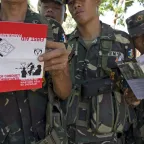
The Third Geneva Convention protects prisoners of war. It establishes their rights and sets out detailed rules for their treatment and release. International humanitarian law also protects other …

International law regulates the methods and means of warfare. It aims to strike a balance between legitimate military objectives and the humanitarian objective of reducing suffering, particularly …
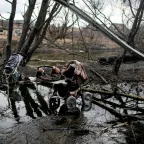
International humanitarian law protects a wide range of people and objects during armed conflict. The Geneva Conventions and their Additional Protocols protect sick, wounded and shipwrecked people …
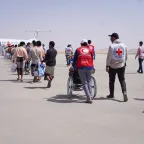
The red cross, red crescent and red crystal emblems provide protection for military medical services and relief workers in armed conflicts. National Societies in each country also use the emblems for …
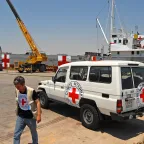
The international community banned the use of chemical and biological weapons after the First World War and strengthened the ban in 1972 and 1993 by prohibiting their development, stockpiling and …
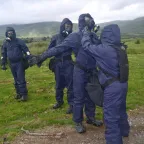
International humanitarian law bans or restricts certain types of conventional weapons to protect civilians from their indiscriminate effects and to spare combatants from excessive injuries that …
Since the only use of nuclear weapons in 1945, the world has wrestled with the issue of how international humanitarian law applies to such weapons. The International Red Cross and Red Crescent …
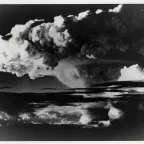
States party to international humanitarian law treaties must take certain legal and administrative measures to comply with the obligations they have undertaken. This section deals with various topics …
The use of cyber operations as means or methods or warfare in armed conflicts poses a real risk of harm to civilians. It is essential to understand how international humanitarian law protects …
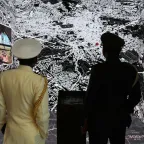
Try one of the following resources:
Created in 1863, the ICRC library, alongside the ICRC archives, provides an indispensable documentary reference on the organization itself and international humanitarian law.
International humanitarian law is based on a number of treaties, in particular the Geneva Conventions of 1949 and their Additional Protocols, and a series of other instruments.
Customary international humanitarian law consists of rules that come from "a general practice accepted as law" and that exist independent of treaty law.